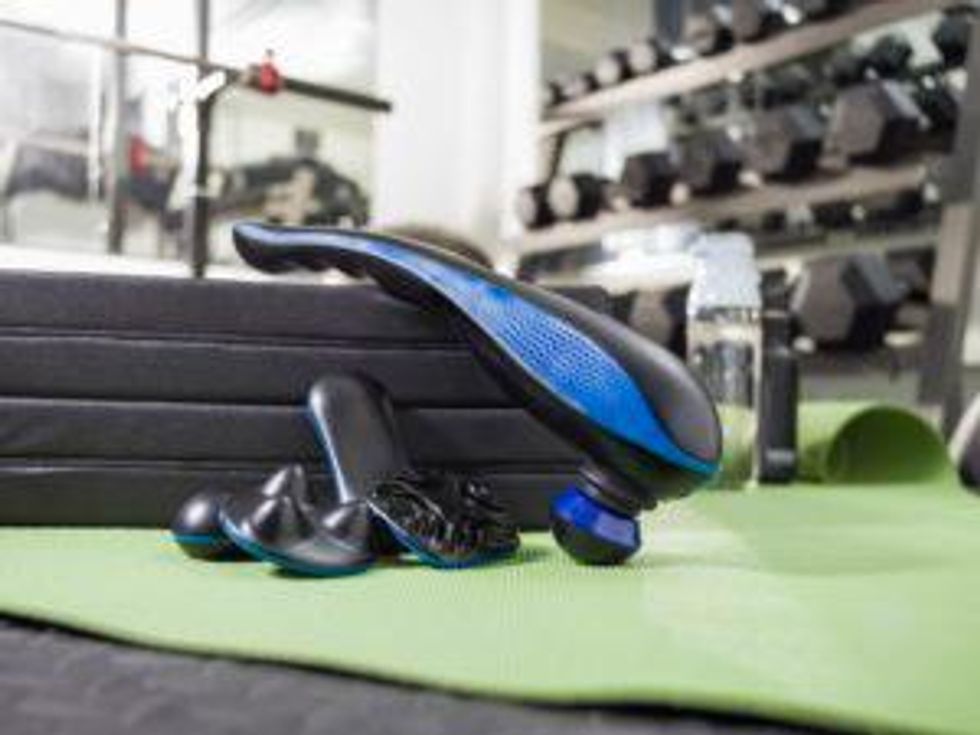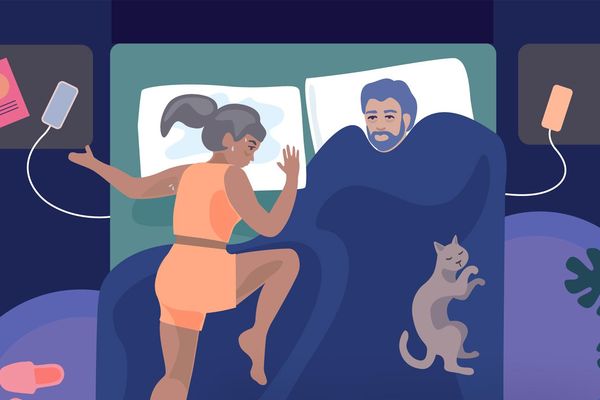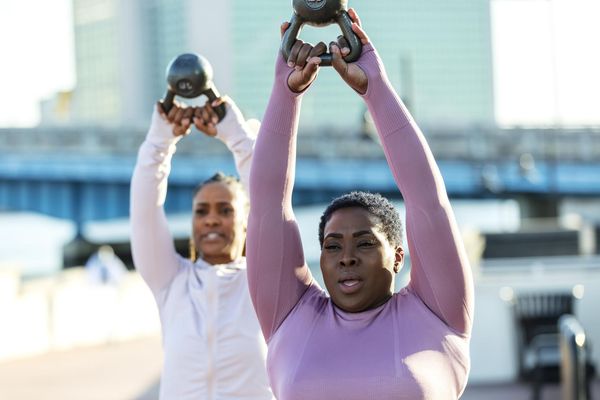This article has been archived. We will no longer be updating it. For our most up-to-date information, please visit our healthy aging information here.
It's been called both dangerous and harmful, and we're told we are, as a society, doing way too much of it. And that it can hurt our health in a big way.
When you hear these descriptions of sitting—something we all do from infancy all the way through old age—it's hard to believe something that seems so, well, harmless is instead so harmful.
Since physical inactivity is the fourth leading risk factor for global mortality, responsible for 3.2 million deaths each year, it makes sense that the epidemic of sitting is the new scary.
And the fact is that we are doing a lot of sitting—the average person sits about 12 hours per day. Many experts say that sitting is an unnatural posture for our bodies, which are designed to be upright and moving.
So, the next time you're tempted to settle in, here are some things that might make you think twice about playing couch potato:
- Sitting can lead to hip pain, back pain and weak muscles. You may not feel it right away, but over time, sitting takes its toll on your spine, putting undue stress on the muscles and discs of your neck and back. Sitting can also contribute to poor posture by compromising the position of your shoulders and your head. And when you're sedentary, your muscles receive less oxygen and nutrients from your blood, leading to soreness and fatigue. A study cited by the Centers for Disease Control and Prevention found that reducing sitting time by 66 minutes each day reduced upper back and neck pain by 54 percent. Another surefire way to reduce that pain is with massage, which can aide muscle recovery and fatigue. And it's easily within your reach with this Lithium Ion Cordless Deep Tissue handheld massager by Wahl. It offers an affordable, convenient and effective way of countering the overall stiffness and reduced mobility that comes with sitting.
The handheld Wahl massager not only offers customizable intensity levels, its innovative spine attachment simultaneously massages either side of your spine while avoiding sensitive vertebrae.
- When you sit, you're not moving. While this may sound obvious, moving less slows your metabolism—hence the weight gain. (By some estimates, you burn 50 fewer calories per hour when you sit rather than stand.) Obesity not only puts extra stress on your body and joints, but puts you at risk for many dangerous diseases and conditions, like heart disease and stroke, diabetes, cancer and sleep apnea.
- Heart disease risk rises. Much research points to an association between sitting and heart disease. One theory? Sitting mimics the effect of weightlessness in astronauts, where there's little muscle activity and your body essentially shuts down. When blood flow is sluggish and muscles burn less fat, fatty acids are more liable to build up and clog your heart. Read Brief Morning Exercise Helps Ease Blood Pressure Throughout the Day.
- Sitting affects your response to insulin. It's not just because you're burning fewer calories when you sit that puts you at an increased risk of diabetes. Although experts aren't exactly sure why, they think that sitting may actually change your body's response to insulin, which helps convert sugar and carbs to energy.
- Deep vein thrombosis danger increases. This condition strikes when a blood clot forms in your leg. It can be serious if it breaks free and travels elsewhere, like to your lung. The common signs, swelling and pain, are not always present. Staying active and avoiding sitting still for too long can help stop the clot.
- Cancer risk rises. The American Cancer Society found a 10 percent greater risk of cancer in women who sit for six or more hours each day compared to women who sit for three hours. The same researchers, who published their findings in the journal Cancer Epidemiology, Biomarkers and Prevention, found that these women were particularly more at risk for cancers like multiple myeloma, ovarian cancer and invasive breast cancer.
Many experts recommend that for each 30 minutes you sit, stand up and move or walk briskly for about five minutes. A standing desk can also prevent too much sitting, as can various apps that give you a gentle reminder to stand.
Another fabulous way to counteract the stiffness and muscle soreness that come from too much sitting is with massage. To learn about the many other benefits of massage and at-home massagers, take a look at WahlUSA.com.
This post originally appeared on mysocalledmidlife.net.


 The handheld Wahl massager not only offers customizable intensity levels, its innovative spine attachment simultaneously massages either side of your spine while avoiding sensitive vertebrae.
The handheld Wahl massager not only offers customizable intensity levels, its innovative spine attachment simultaneously massages either side of your spine while avoiding sensitive vertebrae.





